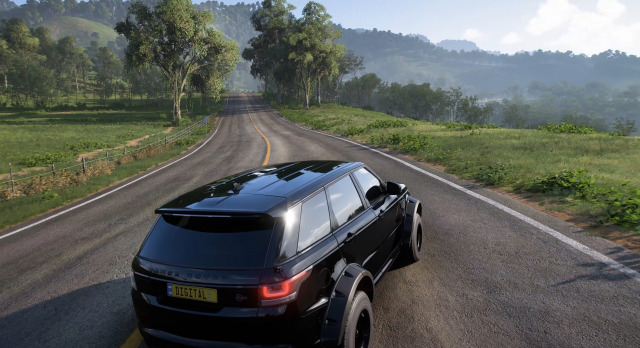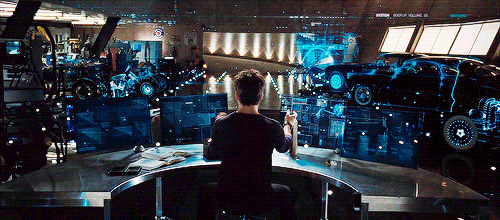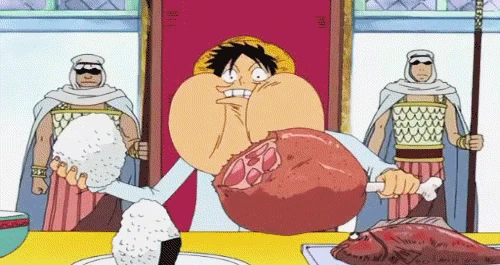How expensive is voice acting (assuming professional actors with experience)? What amount of budget goes towards it? If there is a way to determine that, of course. I realize it probably depends a lot on the project. I’m looking at SWTOR which seems to be really struggling to afford VO these days, opting for unvoiced dialogue and even replacements of the main cast. Is it really taking that much of its budget (which is probably on the lower end these days) or is there some other factor at play?
Voice acting has a lot of associated costs. Specifically, getting the voice acting requires us to pay for:
- The voice actor's time
- The recording studio time
- The voice director's time
- The developer time

These can add up - we pay union voice actors about $2000 per day each according to the current [SAG-AFTRA interactive media contract rates], and we spend at least that much for studio time. We also need to factor in the time the developers are away from the development studio and are at the recording studio because they aren't doing their normal tasks while taking care of this. It isn't uncommon for voice recording to cost over $10,000 per day, all things considered.

In addition to this, voice actors are often quite busy. They often have many roles already scheduled that they have committed to. This means that they might have only one or two days they can commit to recording, then be unavailable for months after that. In such cases, it means that we can't make any modifications or changes to the script after the recording is done because the voice actor isn't available to do those lines anymore. For example, take a look at [Aleks Le's IMDB page]. He did a lot of voicework for games like Persona 3 Reload, Street Fighter 6, Octopath Traveler 2, etc. I count 18 separate projects he recorded for in 2023 alone. If he's one of my voices, I probably wouldn't be able to get him back in the recording studio for several months since his schedule is so packed.

SWTOR is especially difficult to record for because player voice lines need to be recorded once for each character class. That means aligning eight different actors schedules before a hard deadline, and that can be extraordinarily difficult. Anyone who's tried to schedule events knows this - things happen, people change, agreements fall through, things get pushed back. As such, it's a small miracle they're able to keep putting out fresh voiced content like they do.
[Join us on Discord] and/or [Support us on Patreon]
Got a burning question you want answered?
- Short questions: Ask a Game Dev on Twitter
- Long questions: Ask a Game Dev on Tumblr
- Frequent Questions: The FAQ





























